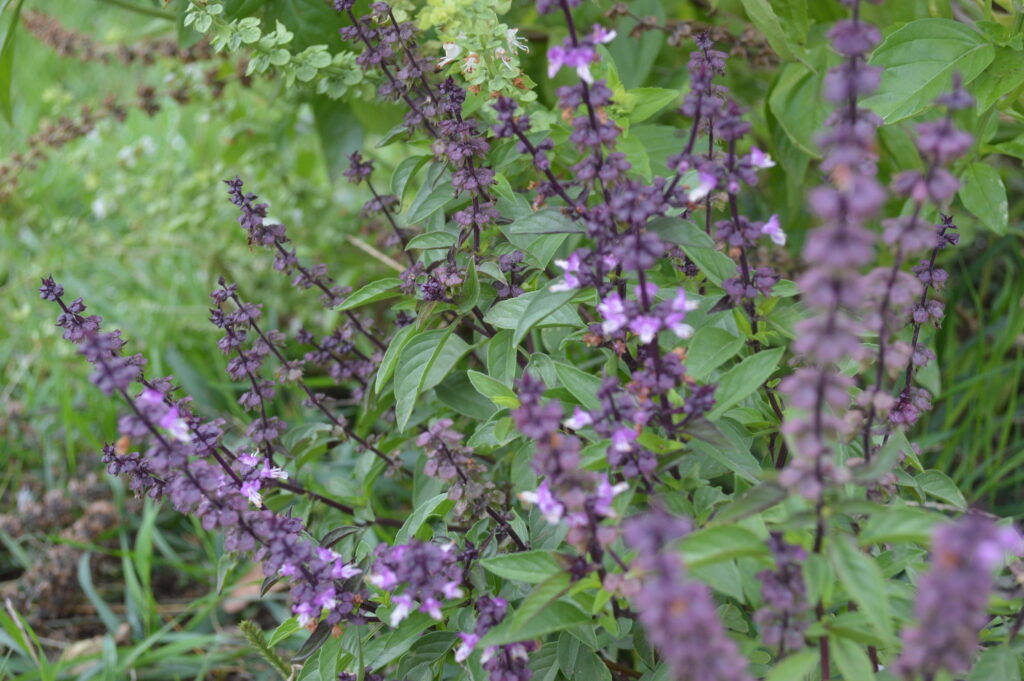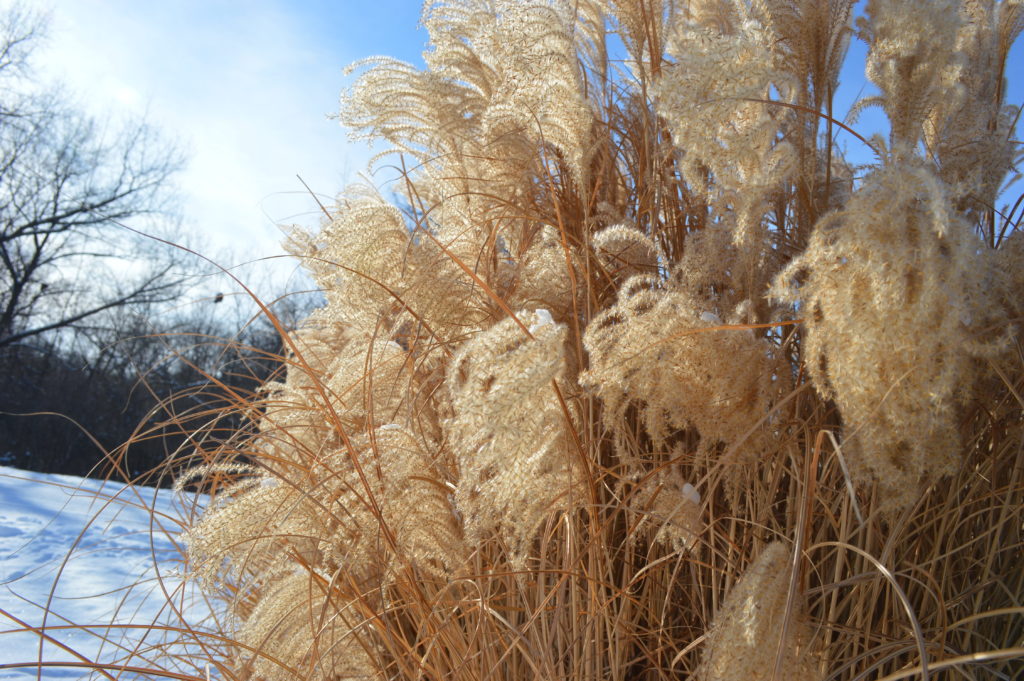
UPDATE Oct. 31, 2021: Some parts of Iowa have yet to experience a hard freeze or even the first frost of the season. That will change this week, as temperatures are predicted to fall below freezing early Monday, and even colder Tuesday morning. By some definitions, a hard, or killing freeze happens when temperatures dip below 28 degrees for several hours, which appears likely Nov. 1 or 2 in Eastern Iowa.
Some Iowa gardeners seem almost eager for the season to end, as much of the state has yet to be hit by the first frost.
Temperatures are predicted to dip below 32 degrees into the morning of Oct. 23, 2021.
For gardeners still not ready to throw in the towel, covering tomatoes, peppers and other tender plants with a sheet or light blanket might save them until the next freeze warning is issued.
Uncover the plants as soon as temperatures rise above freezing.
Related: Woolly bear caterpillars as weather predictors
Gardeners can also move potted plants into a garage or enclosed porch to stretch the season a bit longer, or use a hoop house or high tunnel to lengthen the season.
While late October is later than usual for Iowa’s first frost, it’s not completely out of the norm for the state. In 2017, for example, parts of Iowa didn’t dip into the low 30s until the end of October.
According to Iowa State University Extension & Outreach, the average date of the first 32 degree temperature in the fall ranges from Sept. 30 in far northwest Iowa to Oct. 15 in the southeast.
Tomatoes, peppers, cucumbers and other tender vegetables should be harvested before the first frost. Green tomatoes will ripen indoors if kept unrefrigerated.
Hardier vegetables, such as carrots, Brussels sprouts and kale, can survive a frost and even a freeze.
More: See some of Iowa’s great home gardens


No Comments Yet